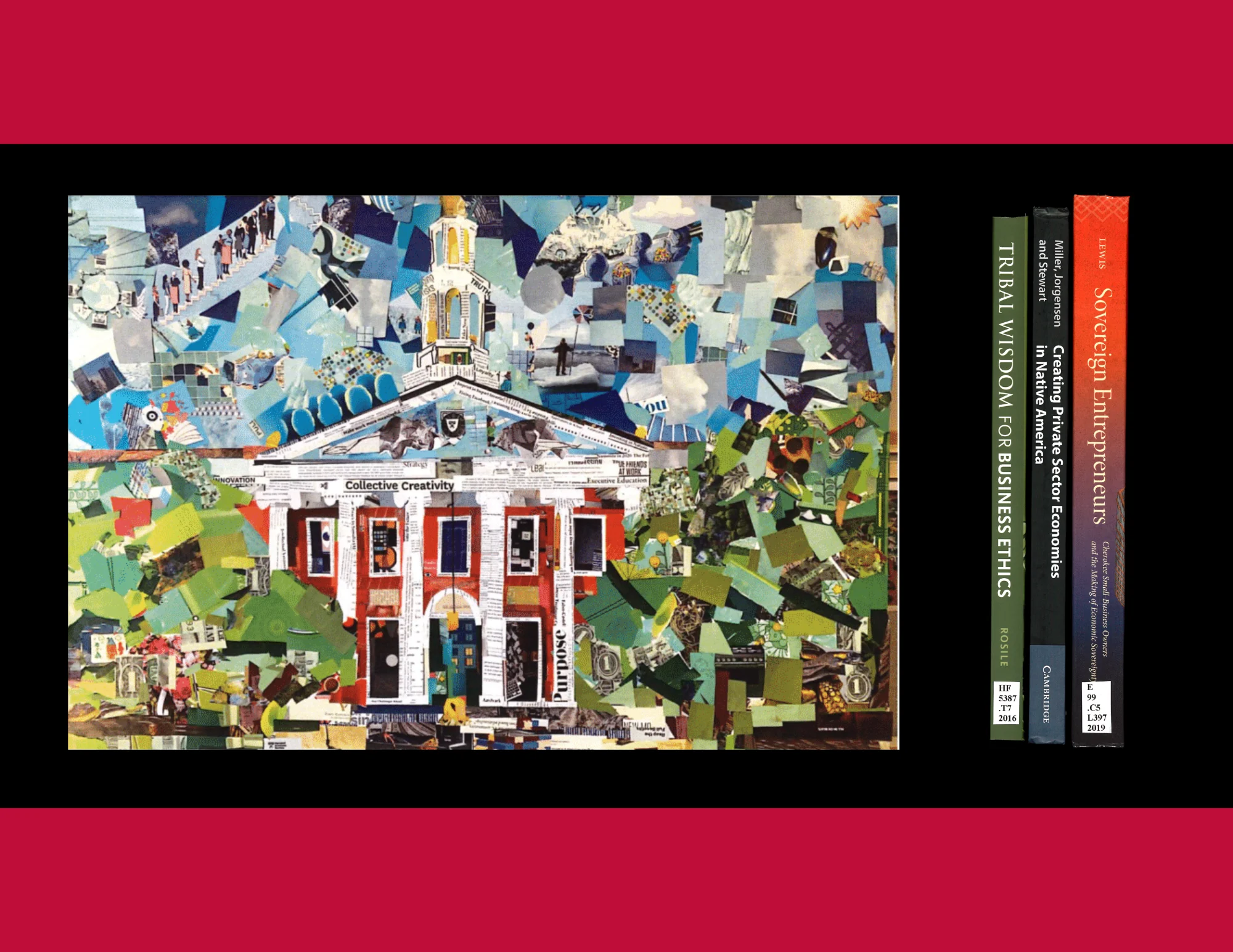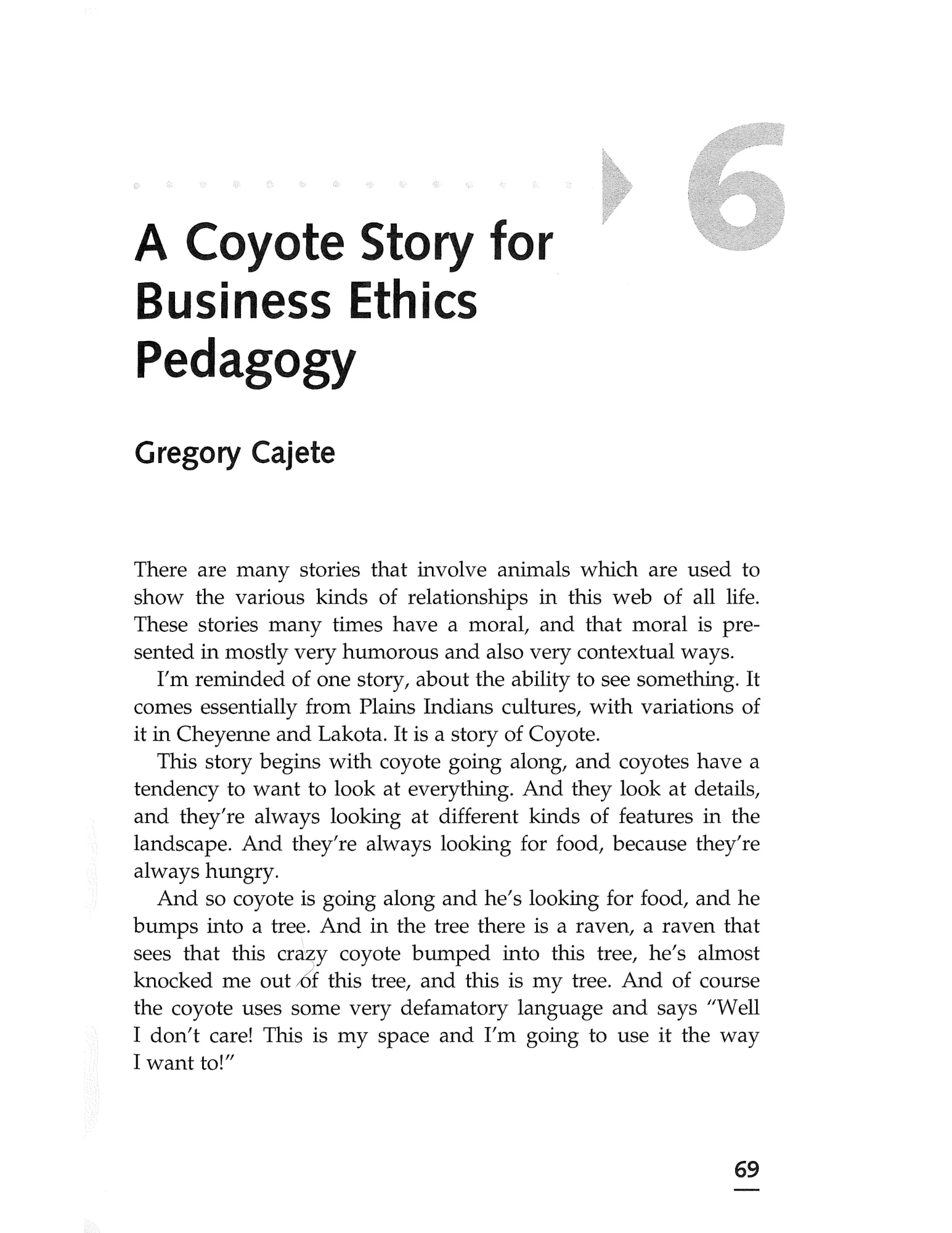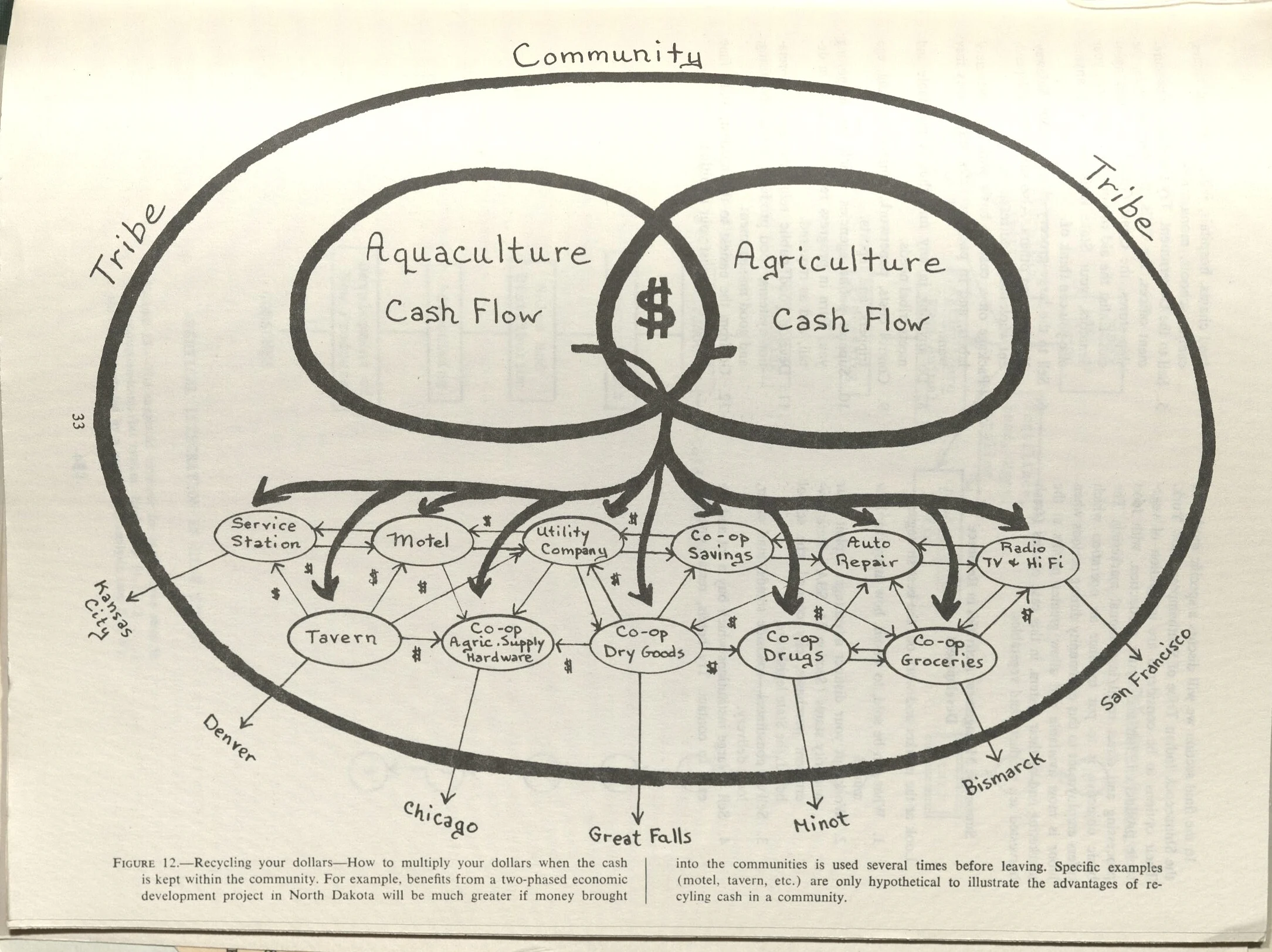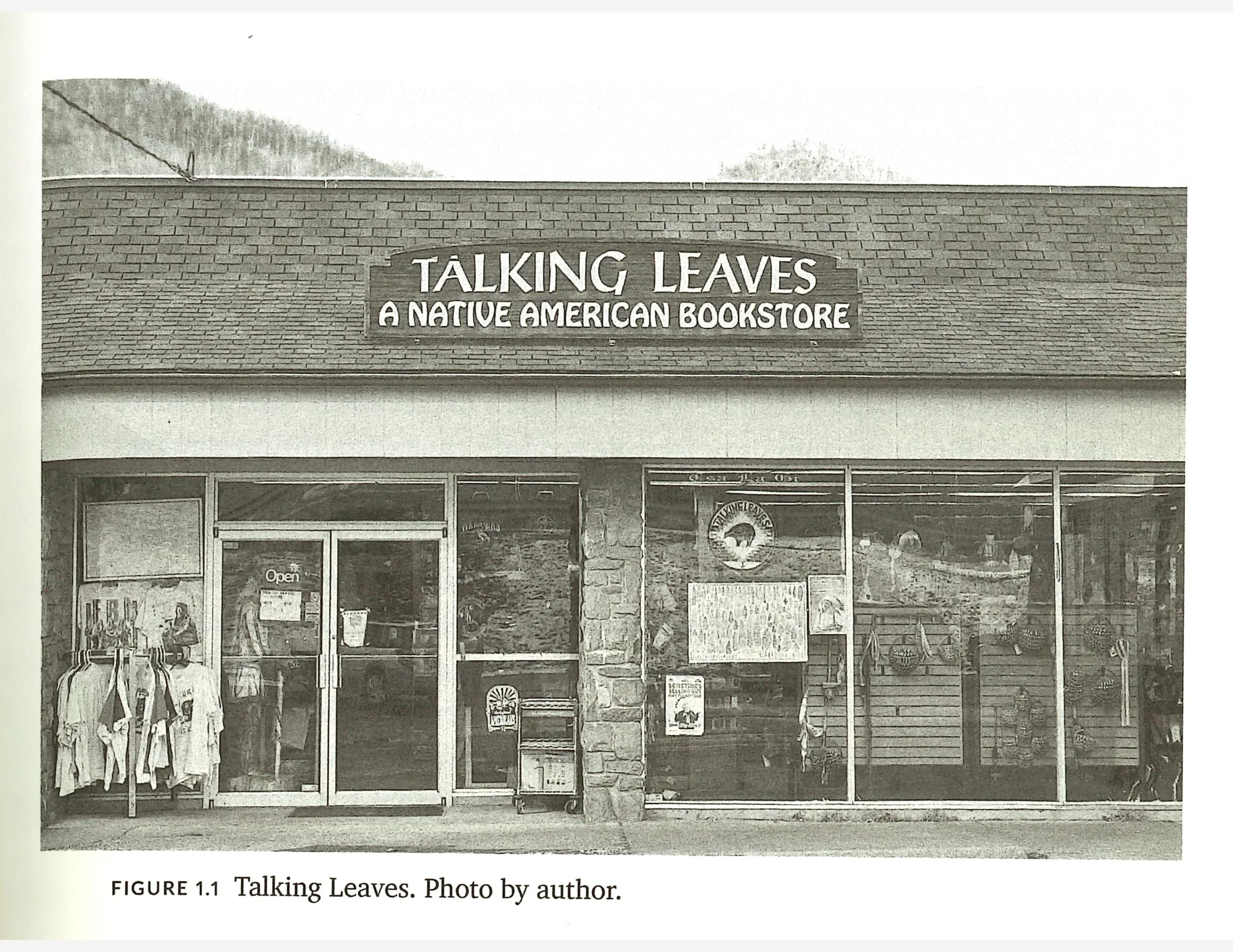Want to stay up-to-date on relevant topics? Consider subscribing to our monthly
Inclusion & Belonging Newsletter.
Quick Research Resources
Dive into Tribal Business News, a digital publication delivering in-depth stories, analysis, and business intelligence on all aspects of Native business and economic development activities.
Browse the American Indigenous Studies Resources curated by Harvard Library.
View the U.S. Census Bureau's My Tribal Area data tool to view job and economic data on American Indian and Alaska Native tribal areas by state.
Use Statista's "Consumer Insights" tool to unpack consumer attitudes and behavior for American Indians and Alaskan Natives.
Research US-based startups in Crunchbase (in-library only) that are lead or founded by Indigenous individuals.
Explore non-profit organizations via GuideStar Pro that list Indigenous Peoples as populations that they serve.
Use Leadership Connect to locate business leaders with a job focus on serving Native Americans.
Contemporary Collections
Contemporary Collections aim to support the research and curriculum of the Harvard Business School today and into the future. Collection activities focus on the career and professional development needs of our MBA students and alumni, as well as on access to business content to the Harvard University community at large.
Tribal Wisdom for Business Ethics
Tribal Wisdom for Business Ethics helps readers create more ethical, inclusive, and life-enhancing business practices. Featuring real-life examples of businesses already moving in this direction, it provides an account of how traditional tribal culture observed and studied the natural world, looking to the patterns and processes there as a model of how to live and thrive in the human world [from the back cover].
Eight Aspects of Tribal Wisdom vs. Euro-Western Business Values and Practices
| Eight Aspects of Tribal Wisdom | Euro-Western Values/Practices |
|---|
| 1. Relationships are an end in themselves | 1. Relationships are a means to an end |
| 2. Gifting is valued more highly | 2. Getting/acquiring is valued |
| 3. Egalitarianism is preferred | 3. Hierarchy is preferred |
| 4. Non-acquisitiveness is valued, not greed | 4. Accumulation of wealth |
| 5. Usefulness or access to use is valued | 5. Ownership is most valued |
| 6. Barter for what is needed | 6. Acquire according to supply/demand |
| 7. Trust and Buyer Trust are valued | 7. Buyer Beware still exists |
| 8. Disclosure is full and voluntary | 8. Truth to the extent required by law |
The above table comes from the 1st chapter of Tribal Wisdom. Below is an explanation of the Eight Aspects by the author, Grace Ann Rosile:
"We have chosen eight values and practices commonly found in tribal indigenous cultures which are most relevant to the conduct of business. [...] These common themes are drawn from a variety of tribal cultures, and are common to most American Indian tribes. [...] The eight aspects of Tribal Wisdom are presented in a numbered list. However, the reader is cautioned to remember that these eight items are called 'aspects,' and not 'laws' or 'commandments' or even 'dominant norms.' They are numbered only for organizational purposes for non-indigenous minds. The eight aspects could be best thought of as a hologram, where each part contains the whole" (p. 5-6).
Three Reasons for Applying Tribal Wisdom to Business Ethics:
Master Traders
Tribes in the Americas have a much longer history, a pre-European-contact history, during which they were master traders.
Global Village
Due to the advancement of technology, our world has shrunk to what some call the "global village." Therefore, the village-type dynamics of concern for maintaining respectful and honest relationships socially and with trading partners is relevant to today's global economy.
Wealth Redefined
There is a broader definition of wealth beyond just money. Wealth, when not measured in dollars, includes a richness in tradition, art, culture, family and community ties, a relationship with Mother Earth, and spirituality.
The above story comes the 6th chapter of Tribal Wisdom. Below is an explanation of the piece by the author, Gregory Cajete:
"Telling stories like this one about Coyote is the traditional way in which tribal peoples have conveyed cultural values and taught moral lessons. [...] This Coyote story is about how many times people focus so closely on the details that they forget about the whole picture. They don't have a sense of those impacts that their behavior or words or actions may have, with regard to that greater or larger goal. I think that many times business is like the coyote" (p. 70-72).
You can download a PDF of the story here.
Sovereign Entrepreneurs: Cherokee Small-Business Owners and the Making of Economic Sovereignty
Sovereign Entrepreneurs explores the Qualla Boundary of the Eastern Band of Cherokee Indians and the critical roles small businesses play for Indigenous nations. When many people think of Indigenous-owned businesses, they stop with prominent casino gaming operations or natural-resource intensive enterprises. But on the Qualla Boundary, Indigenous entrepreneurship and economic independence extends to a bookstore, arts and crafts, restaurants, a funeral parlor, and more [from the back cover].
The small businesses pictured illustrate how Cherokee entrepreneurs on the Qualla Boundary sustain community life through everyday economic practice. The author explains that these enterprises are not merely commercial ventures but acts of sovereignty, rooted in local knowledge and self-determination. Each storefront reflects how business owners navigate tribal governance, market pressures, and cultural responsibility. Together, they reveal that economic sovereignty is lived and negotiated through the ordinary spaces of work and exchange.
You can download a PDF of the images here.
Aquaculture, Fisheries, and Food Processing as a Combined Economic Development Option for Indian Communities
Aquaculture, Fisheries, and Food Processing comes from a 1977 report prepared for the Office of Minority Business Enterprise—a division of the U.S. Department of Commerce. It is one of the many governmental and institutional reports in Baker's Oversized Collection.
This diagram shows an integrated system for Tribal communities to consider that connects aquaculture, fisheries, and food processing, where waste and byproducts from one process serve as inputs for another. In doing so, it illustrates a circular, resource-efficient model of community economic development—one where both financial and material resources circulate locally to sustain growth and self-sufficiency: "If the community sets up its own business such as a motel, gas station, credit union, supermarket, variety store, etc., then the money initially flowing into this community from the basic community industries can be recycled as many as three or four times" (p. 32).
.png)

.png)

.png)

.png)
.png)
.png)